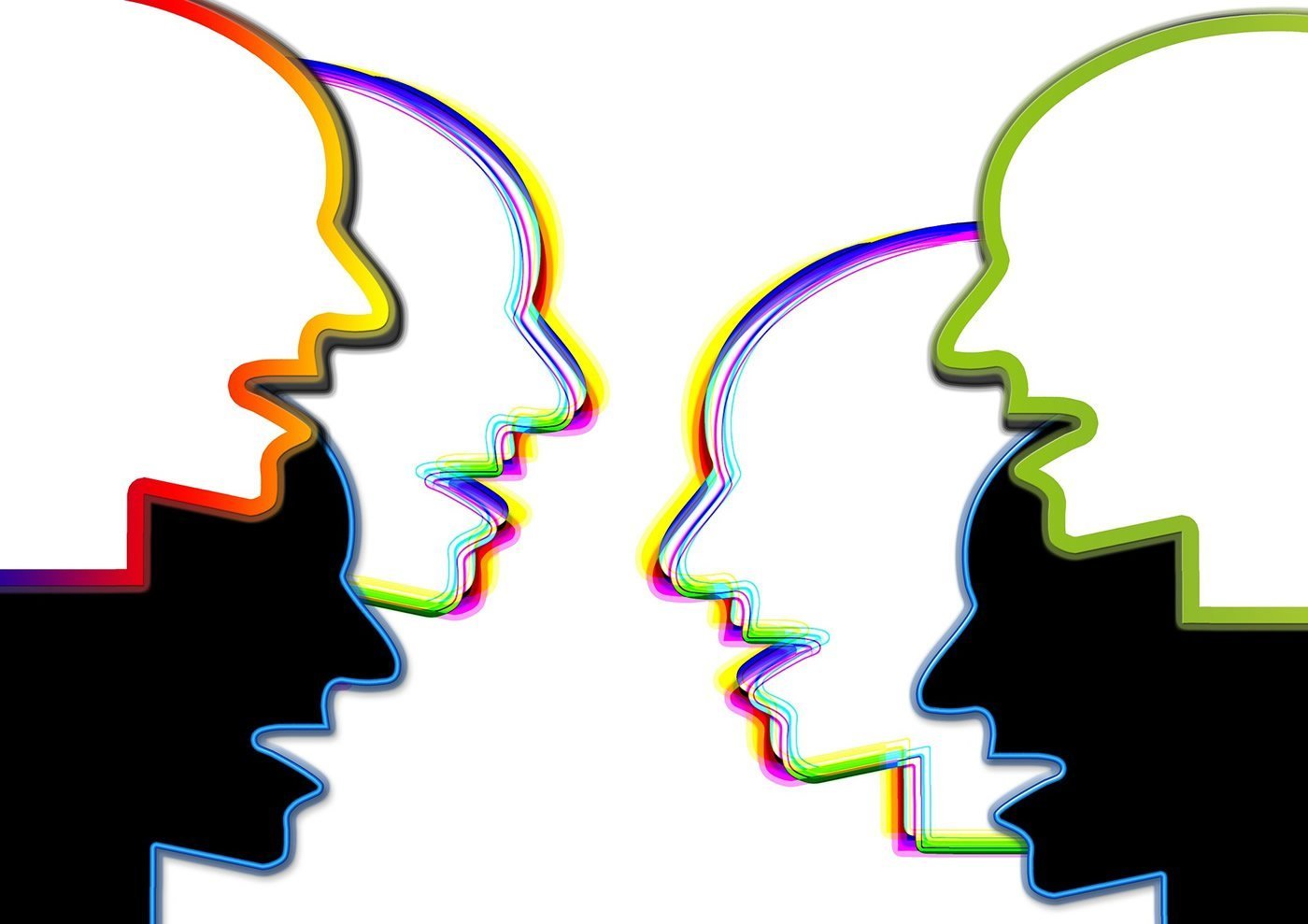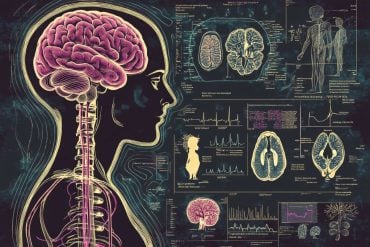Summary: Research suggests a time-locked encoding mechanism may have evolved for speech processing in humans. The processing mechanism appears to be tuned to the native language as a result of extensive exposure to the language environment during early development.
Source: Aalto University
Humans can effortlessly recognize and react to natural sounds and are especially tuned to speech. There have been several studies aimed to localize and understand the speech-specific parts of the brain, but as the same brain areas are mostly active for all sounds, it has remained unclear whether or not the brain has unique processes for speech processing, and how it performs these processes. One of the main challenges has been to describe how the brain matches highly variable acoustic signals to linguistic representations when there is no one-to-one correspondence between the two, e.g. how the brain identifies the same words spoken by very different speakers and dialects as the same.
For this latest study, the researchers, led by Professor Riitta Salmelin, decoded and reconstructed spoken words from millisecond-scale brain recordings in 16 healthy Finnish volunteers. They adopted the novel approach of using the natural acoustic variability of a large variety of sounds (words spoken by different speakers, environmental sounds from many categories) and mapping them to magnetoencephalography (MEG) data using physiologically-inspired machine-learning models. These types of models, with time-resolved and time-averaged representations of the sounds, have been used in brain research before. The novel, scalable formulation by co-lead author Ali Faisal allowed for applying such models to whole-brain recordings, and this study is the first to compare the same models for speech and other sounds.
Aalto researcher and lead author Anni Nora says, ‘We discovered that time-locking of the cortical activation to the unfolding speech input is crucial for the encoding of speech. When we hear a word, e.g. “cat”, our brain has to follow it very accurately in time to be able to understand its meaning’.
As a contrast, time-locking was not highlighted in cortical processing of non-speech environmental sounds that conveyed the same meanings as the spoken words, such as music or laughter. Instead, time-averaged analysis is sufficient to reach their meanings. ‘This means that the same representations (how a cat looks like, what it does, how it feels etc.) are accessed by the brain also when you hear a cat meowing, but the sound itself is analyzed as a whole, without need for similar time-locking of brain activation’, Nora explains.
Time-locked encoding was also observed for meaningless new words. However, even responses to human-made non-speech sounds such as laughing didn’t show improved decoding with the dynamic time-locked mechanism and were better reconstructed using a time-averaged model, suggesting that time-locked encoding is special for sounds identified as speech.
Results indicate that brain responses follow speech with especially high temporal fidelity
The current results suggest that, in humans, a special time-locked encoding mechanism might have evolved for speech. Based on other studies, this processing mechanism seems to be tuned to the native language with extensive exposure to the language environment during early development.

The present finding of time-locked encoding, especially for speech, deepens the understanding of the computations required for mapping between acoustic and linguistic representations (from sounds to words). The current findings raise the question of what specific aspects within sounds are crucial for cueing the brain into using this special mode of encoding. To investigate this further, the researchers aim next to use real-life like auditory environments such as overlapping environmental sounds and speech. ‘Future studies should also determine whether similar time-locking might be observed with specialization in processing other sounds through experience, e.g. for instrumental sounds in musicians’, Nora says
Future work could investigate the contribution of different properties within speech acoustics and the possible effect of an experimental task to boost the use of time-locked or time-averaged mode in sound processing. These machine learning models could also be very useful when applied to clinical groups, such as investigating individuals with impaired speech processing.
About this neuroscience research article
Source:
Aalto University
Media Contacts:
Dr Anni Nora – Aalto University
Image Source:
The image is in the public domain.
Original Research: Closed access
“Dynamic time-locking mechanism in the cortical representation of spoken words”. by A. Nora, A. Faisal, J. Seol, H. Renvall, E. Formisano and R. Salmelin.
eNeuro doi:10.1523/ENEURO.0475-19.2020
Abstract
Dynamic time-locking mechanism in the cortical representation of spoken words
Human speech has a unique capacity to carry and communicate rich meanings. However, it is not known how the highly dynamic and variable perceptual signal is mapped to existing linguistic and semantic representations. In this novel approach, we utilized the natural acoustic variability of sounds and mapped them to magnetoencephalography (MEG) data using physiologically-inspired machine-learning models. We aimed at determining how well the models, differing in their representation of temporal information, serve to decode and reconstruct spoken words from MEG recordings in 16 healthy volunteers. We discovered that dynamic time-locking of the cortical activation to the unfolding speech input is crucial for the encoding of the acoustic-phonetic features of speech. In contrast, time-locking was not highlighted in cortical processing of non-speech environmental sounds that conveyed the same meanings as the spoken words, including human-made sounds with temporal modulation content similar to speech. The amplitude envelope of the spoken words was particularly well reconstructed based on cortical evoked responses. Our results indicate that speech is encoded cortically with especially high temporal fidelity. This speech tracking by evoked responses may partly reflect the same underlying neural mechanism as the frequently reported entrainment of the cortical oscillations to the amplitude envelope of speech. Furthermore, the phoneme content was reflected in cortical evoked responses simultaneously with the spectrotemporal features, pointing to an instantaneous transformation of the unfolding acoustic features into linguistic representations during speech processing.
Significance statement
It has remained unclear how speech is processed differently from other sounds with comparable meanings and spectrotemporal characteristics. In this study, computational modeling of cortical responses to spoken words highlights the relevance of temporal tracking of spectrotemporal features especially for speech. This mechanism is likely pivotal for transforming the acoustic-phonetic features into linguistic representations.






